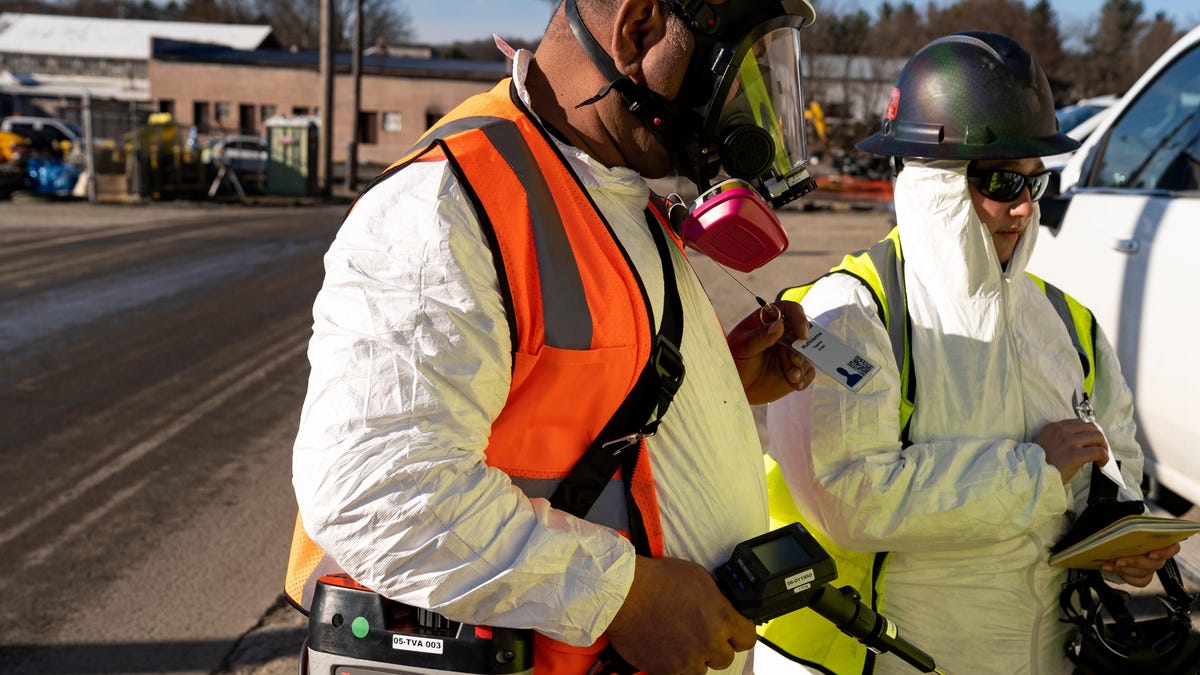Experts told returning residents of East Palestine, Ohio, that hazardous chemical testing following a train derailment in their town showed dangerous substances were far below acceptable limits. Still, the town — and even the government’s own scientists — complained of sore throats, headaches and rashes.
It turns out, the extremely limited testing performed by the feds didn’t pick up one hazardous chemical in the weeks following the February 3 derailment on a Norfolk Southern railroad. Researchers from Carnegie Mellon and Texas A&M took readings in East Palestine following the derailment. The team published a paper in Environmental Science & Technology Letters describing how it found the chemical acrolein six times the normal level in the atmosphere two weeks after the derailment. From the Hill:
Attention on potential hazards from the crash largely focused on vinyl chloride, a hazardous substance used in production of plastics, that was spilled in the derailment. But, the team only detected vinyl chloride levels below what the Environmental Protection Agency (EPA) considers an unsafe long-term level.
However, the researchers found atmospheric concentrations of acrolein was up six times the normal level near the crash site from Feb. 20-21, nearly two weeks after officials cleared evacuees to safely return home. Acrolein, which was not among the chemicals spilled in the derailment, is an irritant to the eyes, skin and nose that has been linked to increased cancer risk.
Researchers said that while the EPA has also been measuring acrolein levels in the atmosphere, the agency did not pick up the lower levels of the compound linked to long-term risk.
Two weeks after rescue workers burned off the toxic chemical vinyl chloride, residents of East Palestine were cleared to return home. They quickly reported burning eyes, strange rashes and breathing difficulty. While these symptoms were sometimes dismissed by officials as psychosomatic, researchers from the Centers for Disease Control and Purdue University fell sick with the same symptoms.
The study’s authors note that these findings makes the argument for much longer and more detailed monitoring of an area after a crash. From the paper:
More broadly, this study illustrates that the ability of highly sensitive, nontargeted mobile monitoring to detect known and unknown [volatile organic compounds] can serve as a complement to the targeted and stationary monitoring typically deployed, facilitating characterization of the impacts of disasters on air quality and ultimately better protecting public health

